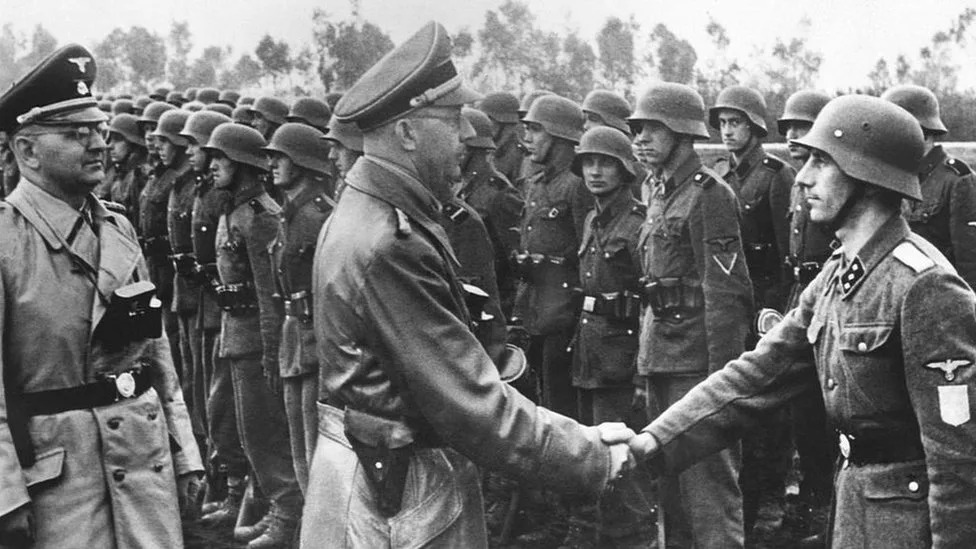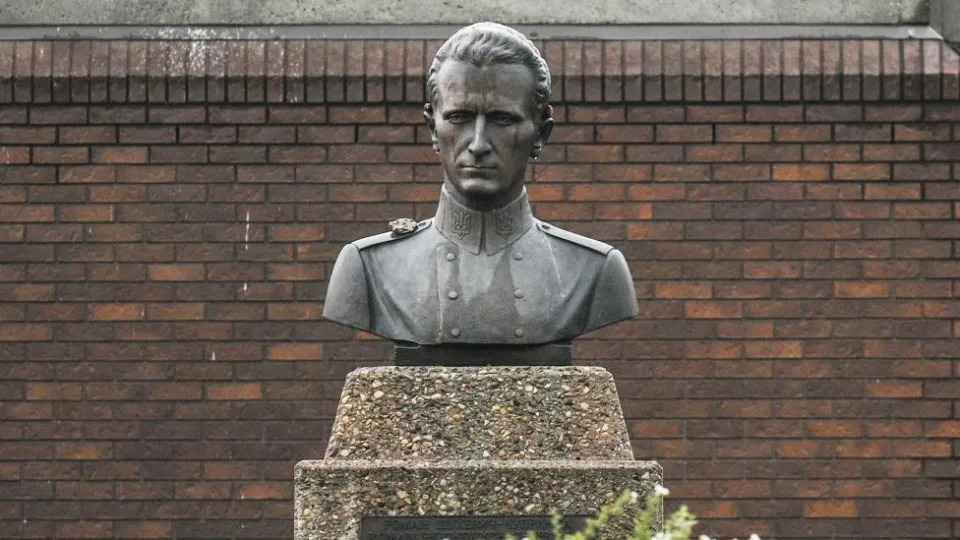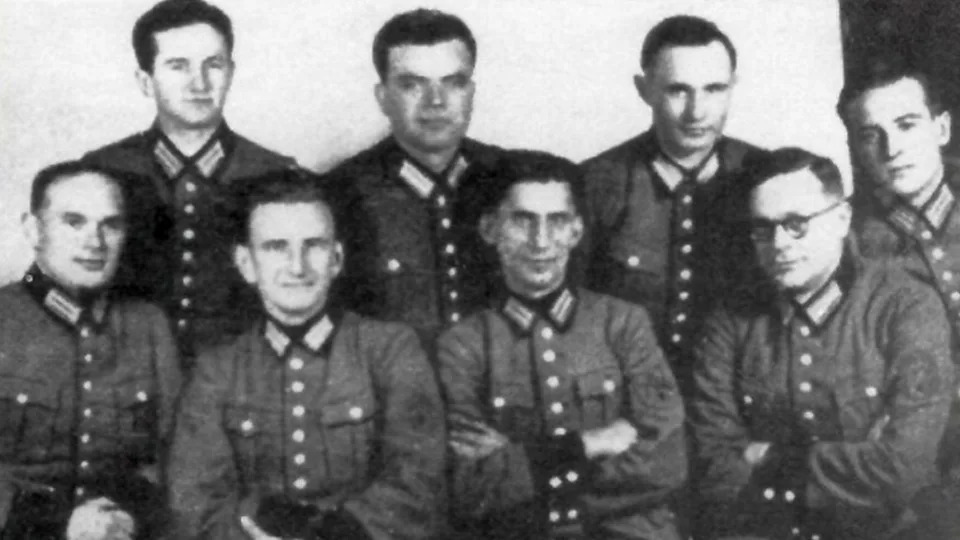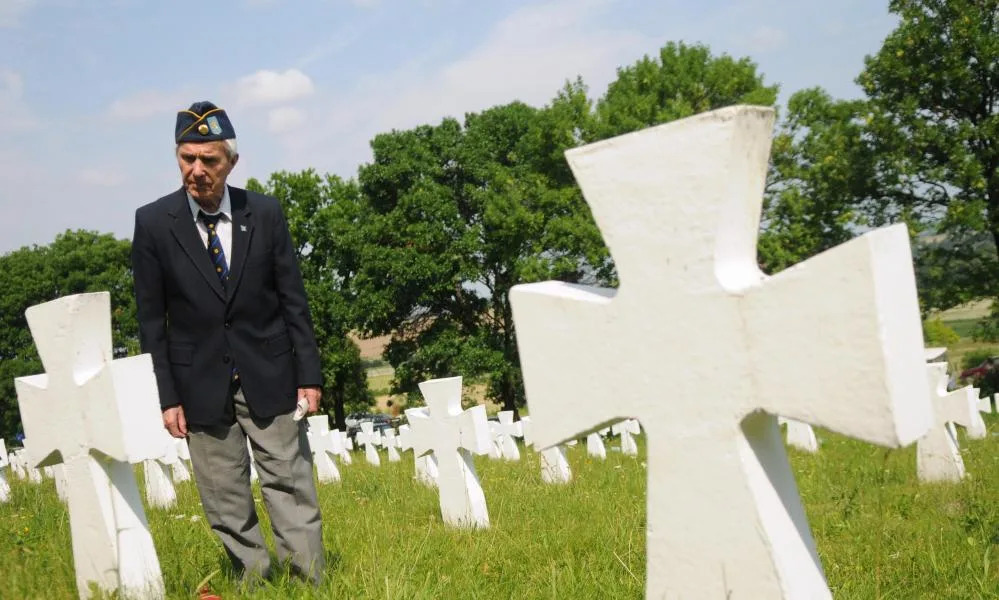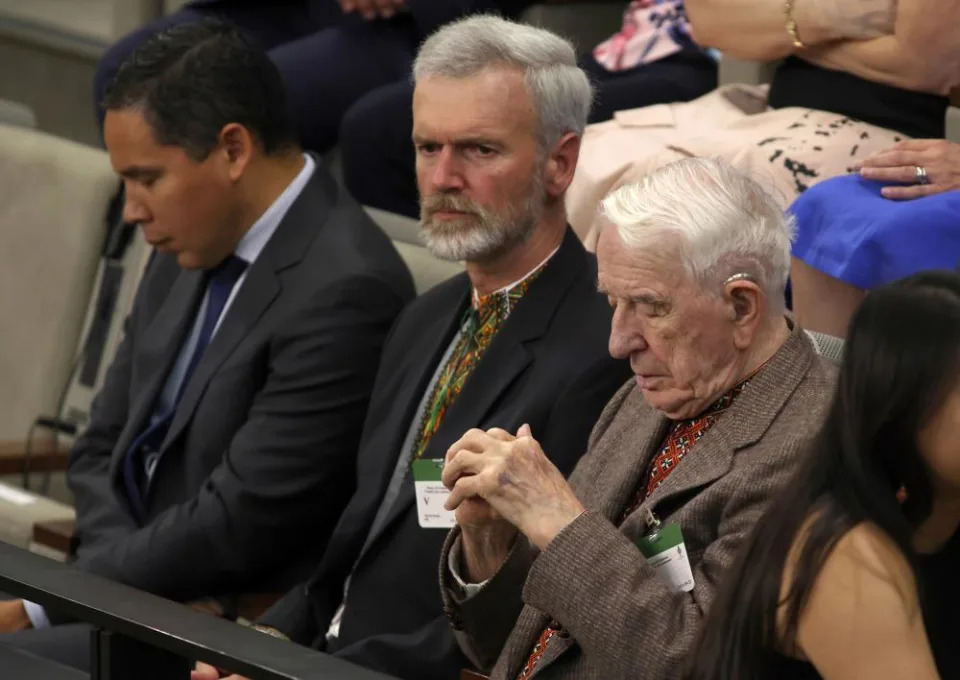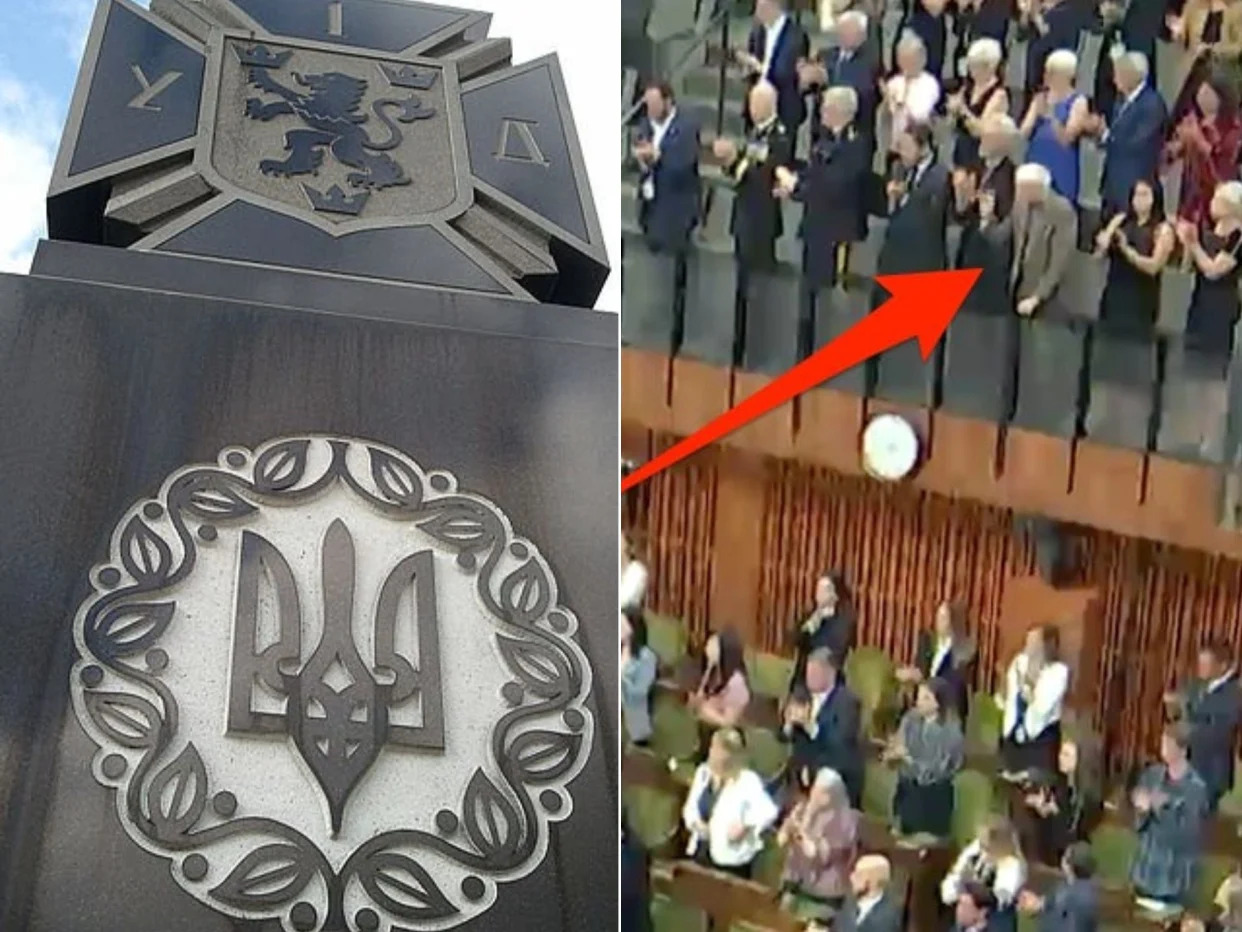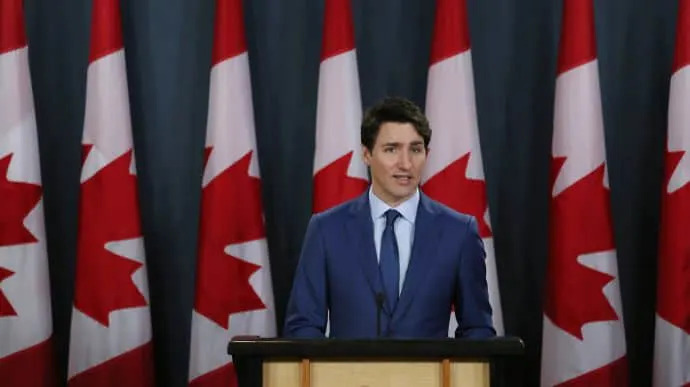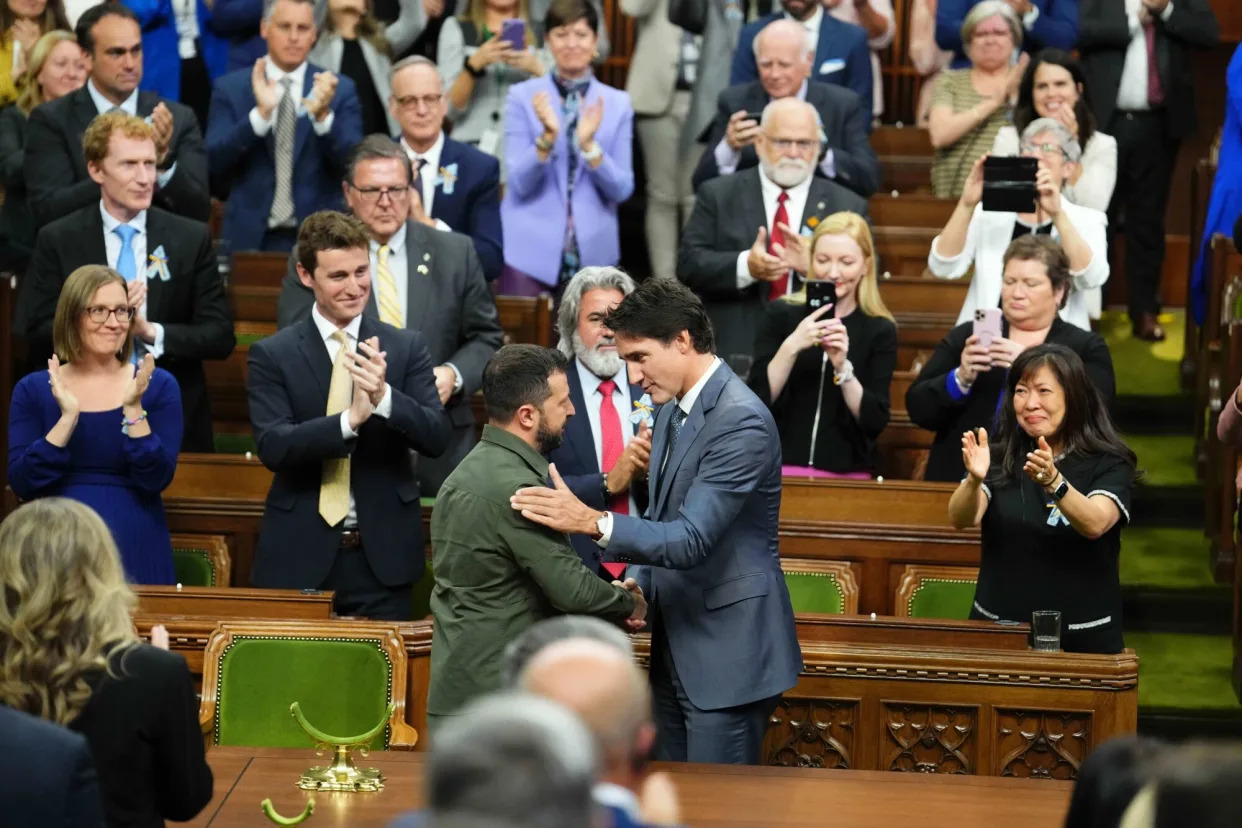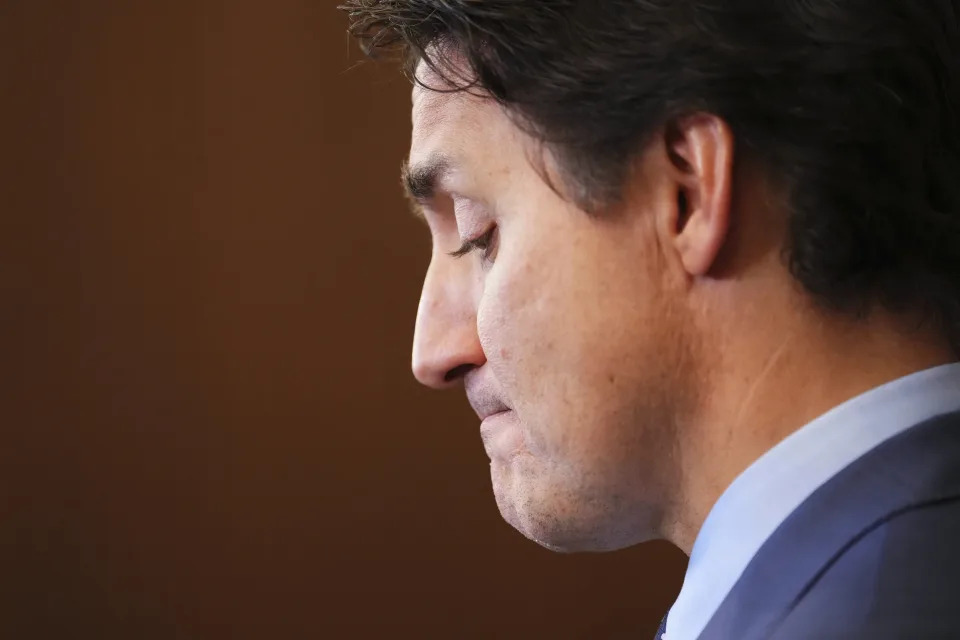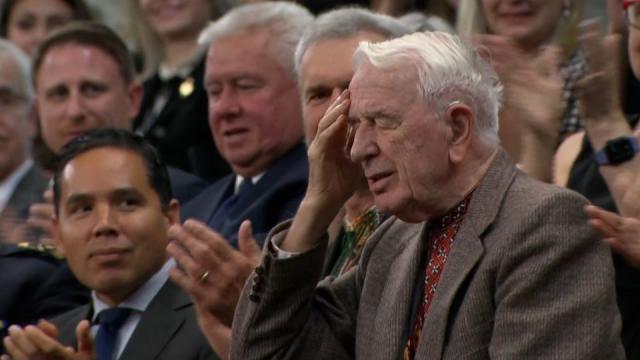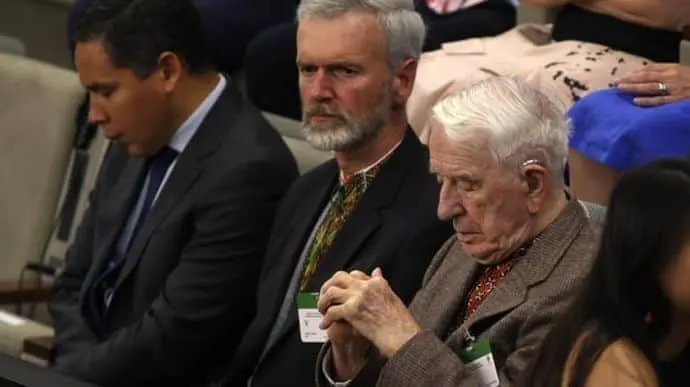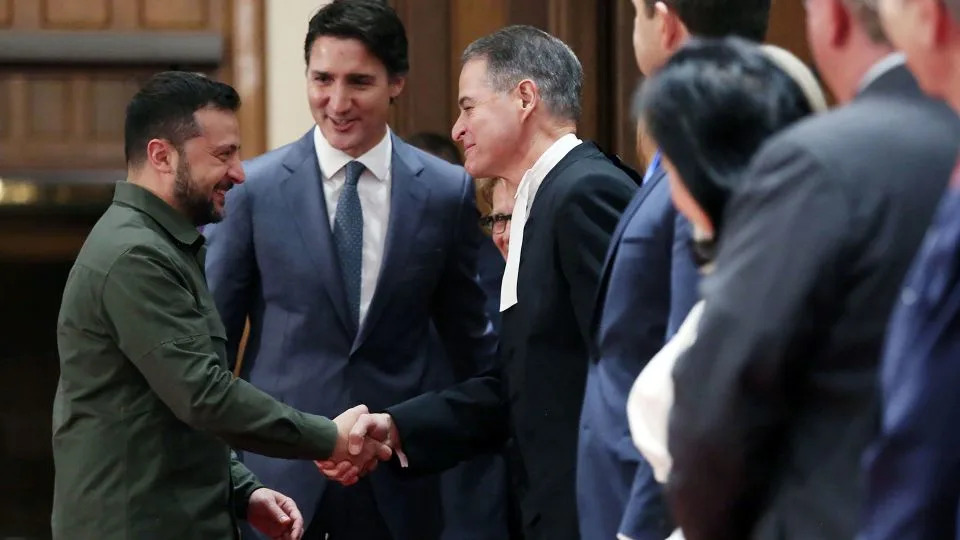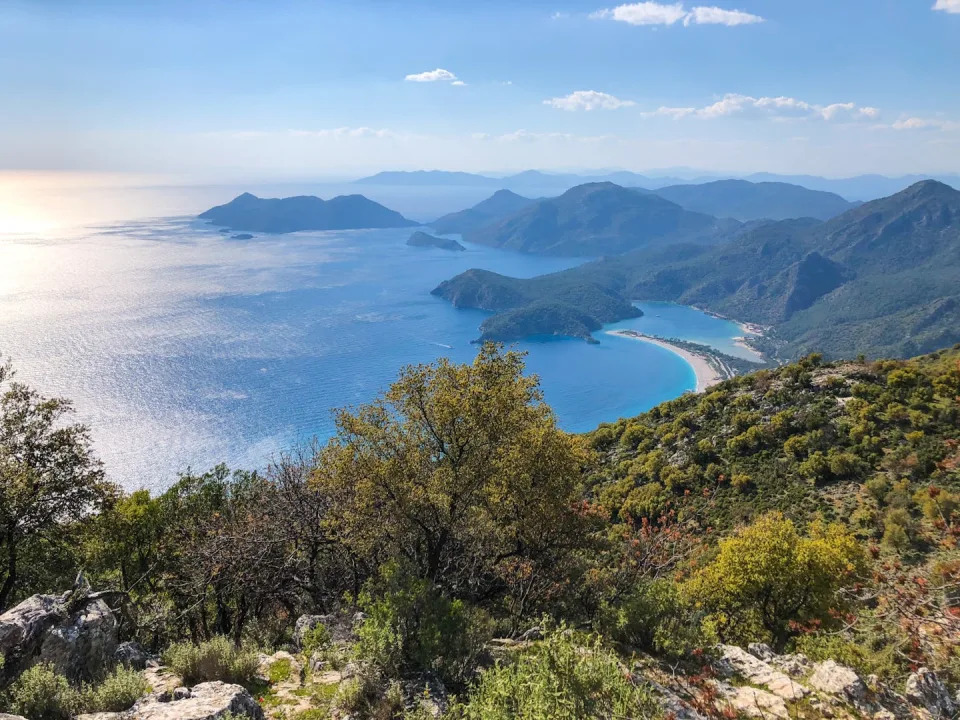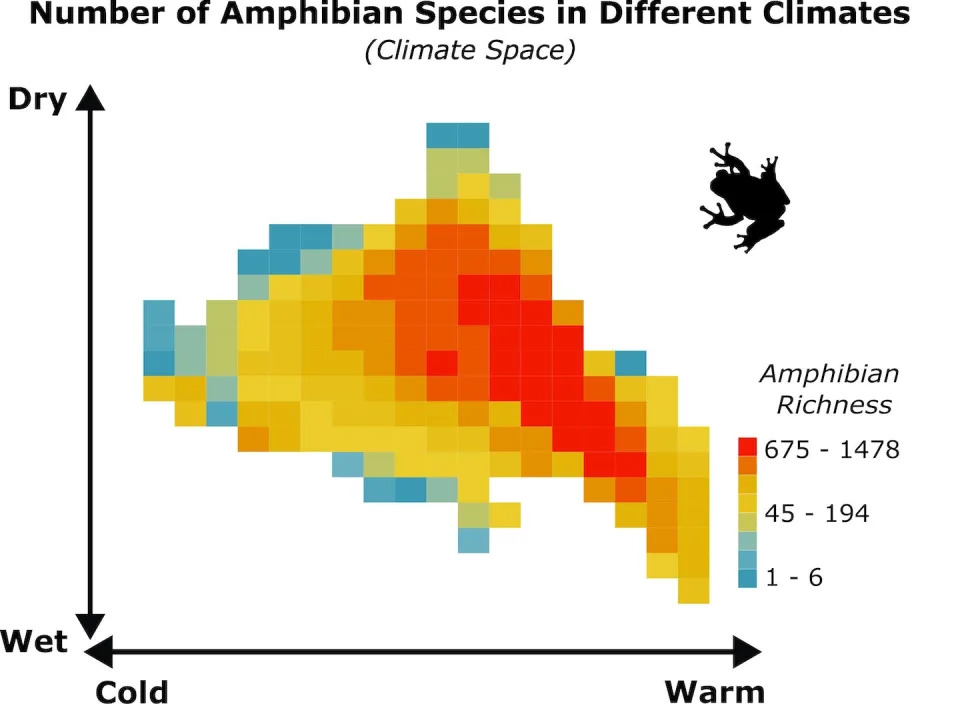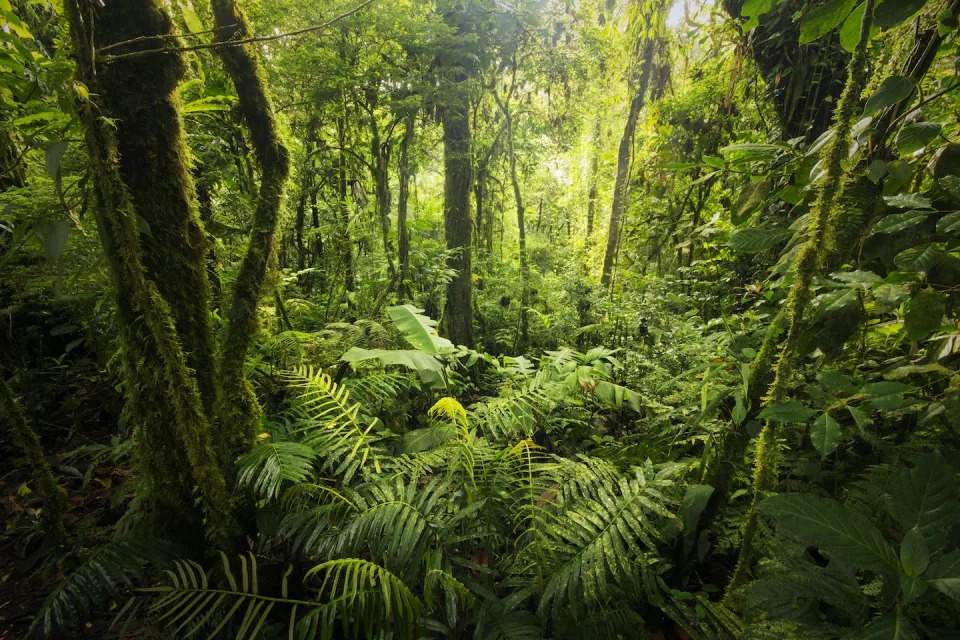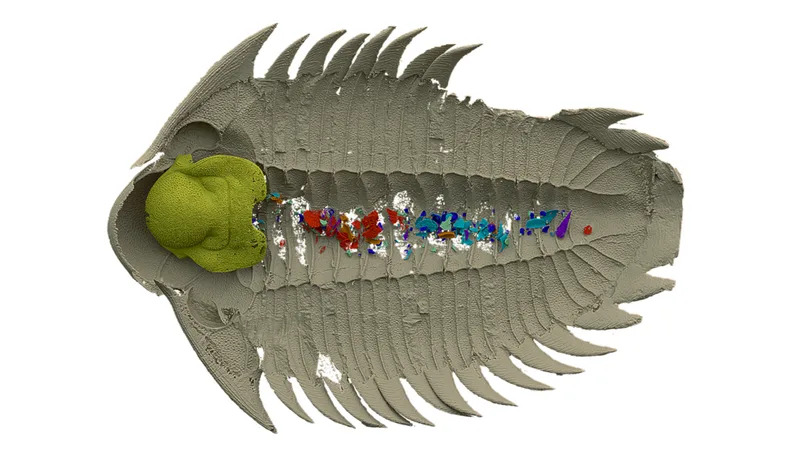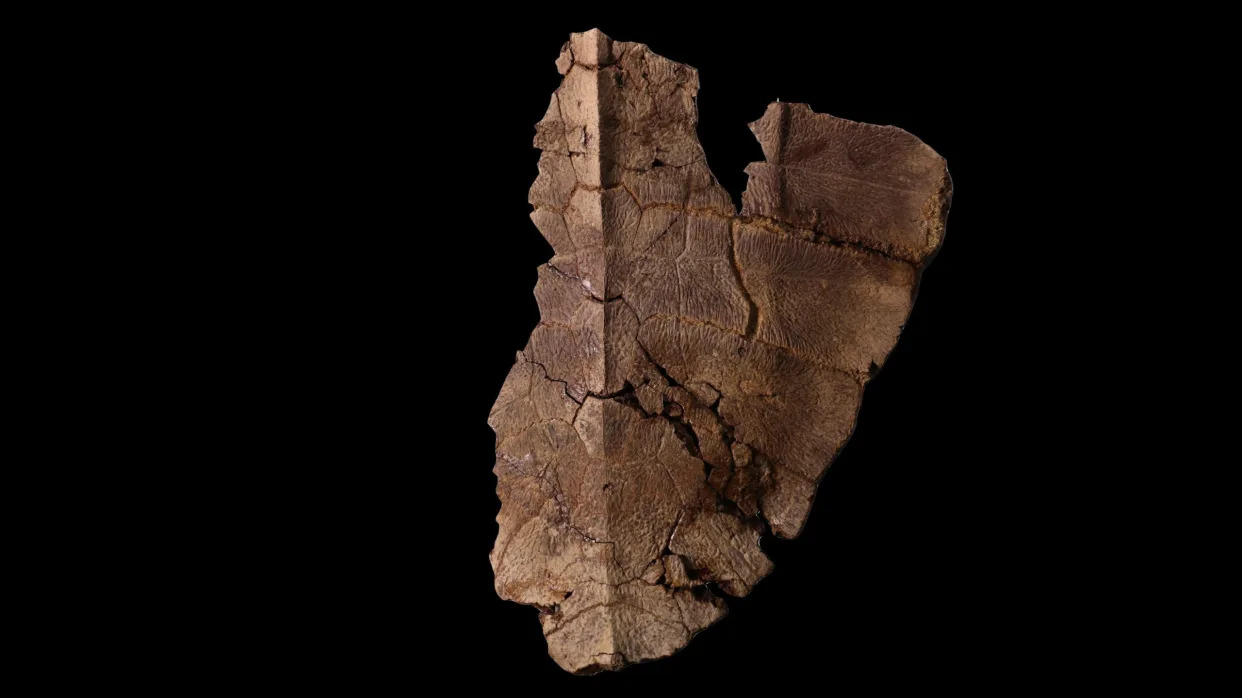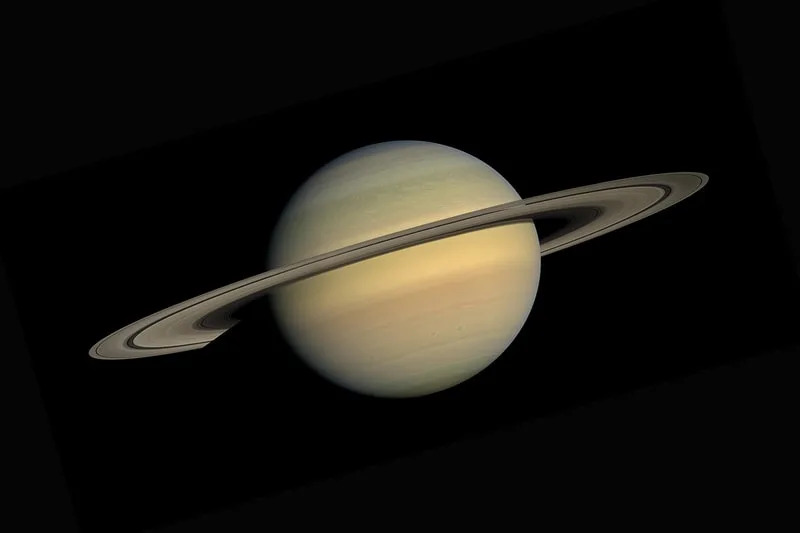DETROIT (FOX 2) - We are now two weeks into the UAW strike and President Shawn Fain says recent outbursts of violence where striking members have been hurt is the fault of General Motors and Stellantis, two of Detroit's Big Three automakers.
In a recorded message posted to YouTube and titled 'Corporate Violence', Fain cited three recent outbursts where union members have been hurt or threatened.
The first was a Flint-area GM plant where a non-union contractor hit five striking members, sending two people to the hospital. The second was in Massachusetts where a member and state senator were hit by cars outside of a Stellantis parts depot. The third was in Ontario, California, where two members reported having guns pulled on them by non-union members who were crossing the line.
"These members and allies are in our thoughts and we condemn this violence that GM and Stellantis are enabling. These attacks on our members exercising their constitutional rights to strike and picket will not be tolerated," Fain said. "Shame on these companies for hiring violent scabs to try to break our strike."
Fain said this is an attack on every worker who chooses to stand up and fight for a better future.
"Fighting for economic and social justice isn't a crime. It's our civic duty. It's our sacred right. That's why we are inviting the public to join us in the picket lines in this fight," he said.
As the days mount on the strike, tensions between the UAW and automakers are growing.
Striking UAW members fight man outside Stellantis plant claiming he yelled racial slurs
Stellantis said it was appalled by the allegations and that violence has escalated from UAW picketers to non-union workers.
"We are appalled by the UAW’s characterization of the incidents occurring on the picket lines. Since the UAW expanded its strike to our parts distribution centers last Friday, we’ve witnessed an escalation of dangerous, and even violent, behavior by UAW picketers at several of those facilities, including slashing truck tires, jumping on vehicles, following people home and hurling racial slurs at dedicated Stellantis employees who are merely crossing the picket line to do their jobs. The fact is, Stellantis has not hired any outside replacement workers, who Shawn Fain calls "scabs". Only current employees who are protecting our business and third parties making pick-ups and deliveries as they normally would are entering our facilities," the company said.
Stellantis said that the union was aware of all of this and called his statements inflammatory, which will only escalate things further.
"We are extremely disappointed in the UAW leadership’s lack of ownership in this area, and we call on Shawn Fain and the entire UAW leadership to do its part to help ensure the safety of all Stellantis employees, including those on the picket line. Words matter. The deliberate use of inflammatory and violent rhetoric is dangerous and needs to stop," Stellantis said. "The companies are not ‘the enemy and we are not at ’war'. We respect our employees' right to advocate for their position, including their right to peacefully picket. But the violence must stop. We have put a record offer on the table and are working hard to reach an agreement as quickly as possible, which will enable us to go back to work... together. Let's make every effort to de-escalate our words and our actions until then."
The UAW and Fain have called on, so far, more than 18,000 UAW workers across 41 facilities to strike against Detroit's Big Three. Many of those 41 facilities are GM and Stellantis plants, which were announced last Friday by Fain due to those two companies not making "serious progress" in talks with the union.
Fain will speak Friday morning at 10 and is widely expected to announce more striking locations unless serious progress is made in talks.
Ford, on the other hand, has come to an agreement with the union on job security and reinstated cost of living adjustments that were suspended in 2009. Because of this, the UAW will not call on more Ford employees to strike.
UAW strike update: These plants joined the picket line Friday
After General Motors and Stellantis failed to make sufficient progress with the UAW, the union called on all the automakers' parts distribution facilities to strike. This includes 38 facilities across 20 states.
"To be clear, we're not done at Ford. We still have serious issues to work through, but we do want to recognize Ford is showing its serious about reaching a deal. At GM and Stellantis, it's a different story," he said.
After Fain's announcement, Ford issued a statement saying that there was still a lot of work to do.
"Ford is working diligently with the UAW to reach a deal that rewards our workforce and enables Ford to invest in a vibrant and growing future. Although we are making progress in some areas, we still have significant gaps to close on the key economic issues. In the end, the issues are interconnected and must work within an overall agreement that supports our mutual success," Ford said.
Ford has come to an agreement with the union on job security and reinstated cost of living adjustments (COLA) that were suspended in 2009. Because of this, the UAW will not call on more Ford employees to strike.

